|
|

|
Newsletter
No. 65
|
|
|
| WELCOME |
|
Still wet, windy and cold here in Perth, not really that much to report at Animal Ark, we are busy with animal husbandry, despite it being winter most of our snakes, lizards, frogs and other critters still want feeding and then inevitably cleaning up after (more about pooh later on).
We have also been travelling around the state, from Telfer to Neerabup and Port Hedland delivering the usual training courses. I'm also putting up possum boxes and coping with Covid, I had my sickness in May, now fully recovered and doing my best not to repeat the experience.
|
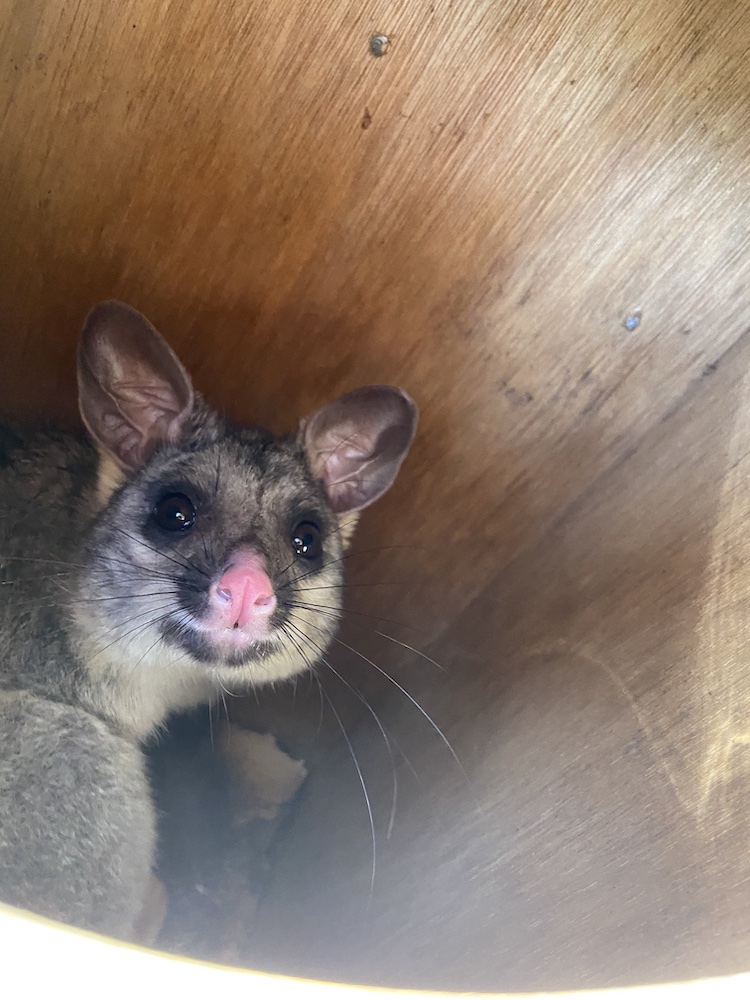
|
|
|
| DOG OF WAR |
|
Patron is a 2-year-old Jack Russell trained to help sniff out explosive devices. He has detected over 200 Russian explosive devices since the start of the Russian Ukraine conflict. His training targets the scent of gunpowder.
Once Patron identifies the scent, he notifies his handler and the explosive device is uncovered and disarmed. Patron has recently been awarded the Order of Courage Medal from President Zelensky for his humanitarian efforts.
|
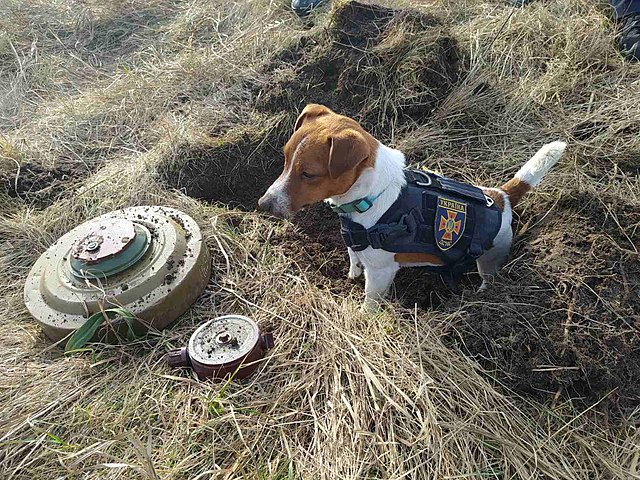
|
|
|
| SNAKE AVOIDANCE TRAINING |
|
Our fancy, new, user-friendly online booking system for Snake Avoidance is now live, (thanks Geoff at G4 Design) giving Jenny and Sinai a bit of a reprieve in the office. You can now book your fur baby in for an appointment online. But you can also still phone if you prefer. New dates and locations are added weekly and soon enough our busy season will be upon us – travelling far (Albany) and near (Mahogany Creek) to help try and teach dogs that snakes are best avoided. So glad it works so well for many.
We still have some places available on upcoming training at
Toodyay on Saturday 13 August
Wungong, near Armadale, on Sunday 14 August
It may be winter, but the spring snake season really is just around the corner. So, it's good to train early before the really busy season starts.
See www.snakeavoidance.com.au for more information and to book!
|
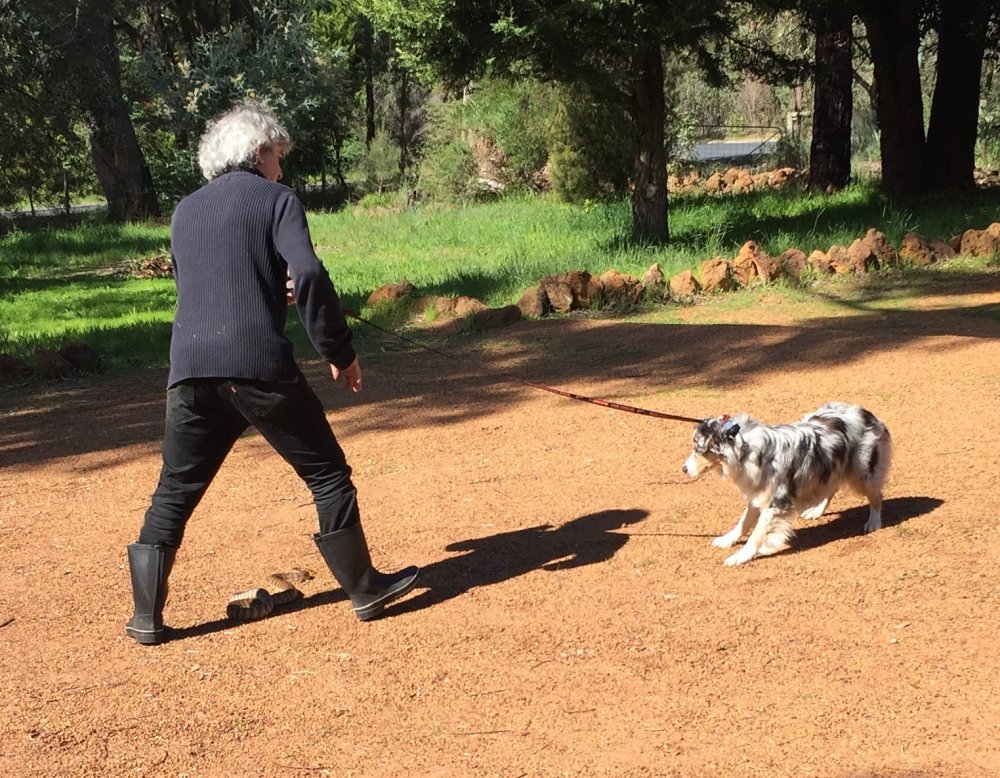
|
|
|
| BIGGEST PEST YET |
|
The Florida Everglades in the US has a very big non-native pest - the massive Burmese Python Python bivittatus. They consume almost any native species found in the swamps of this southern state.
A recently caught specimen is the largest ever recorded outside their native habitat of SE Asia. The huge snake measured 5.39m in length and came in at a massive weight of 97.5kg. It took 3 people to carry the snake out of the swamp. The female also had 122 eggs inside her body, the most ever found in one snake.
|
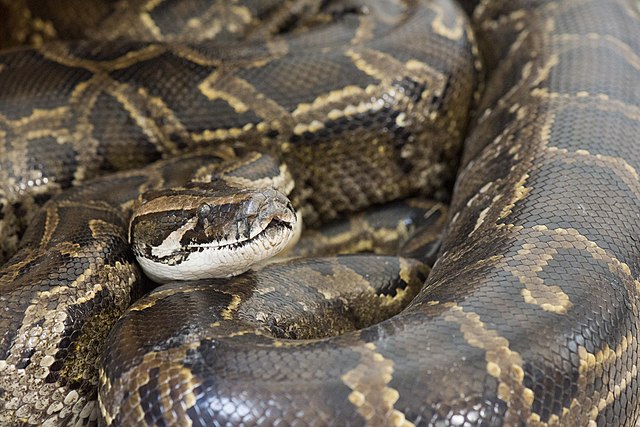
|
|
|
| POOP POWER |
|
Most creatures regularly evacuate their bowels. A study I came across recently involved a Gaboon Viper Bitis gabonica. One snake went 420 days without a pooh. Evidence suggests that this sedentary species of snake may use the added mass the pooh gives to its overall size to increase the speed and impact when it strikes out at prey.
Similarly, less active ambushing snake species, like our Australian Death Adders also seem to 'hold on' – one of my Death Adders hasn't been to the toilet for at least 90 days – whereas other more active snake species like my Dugites and Tigers pooh every week. Keeps us busy!
|
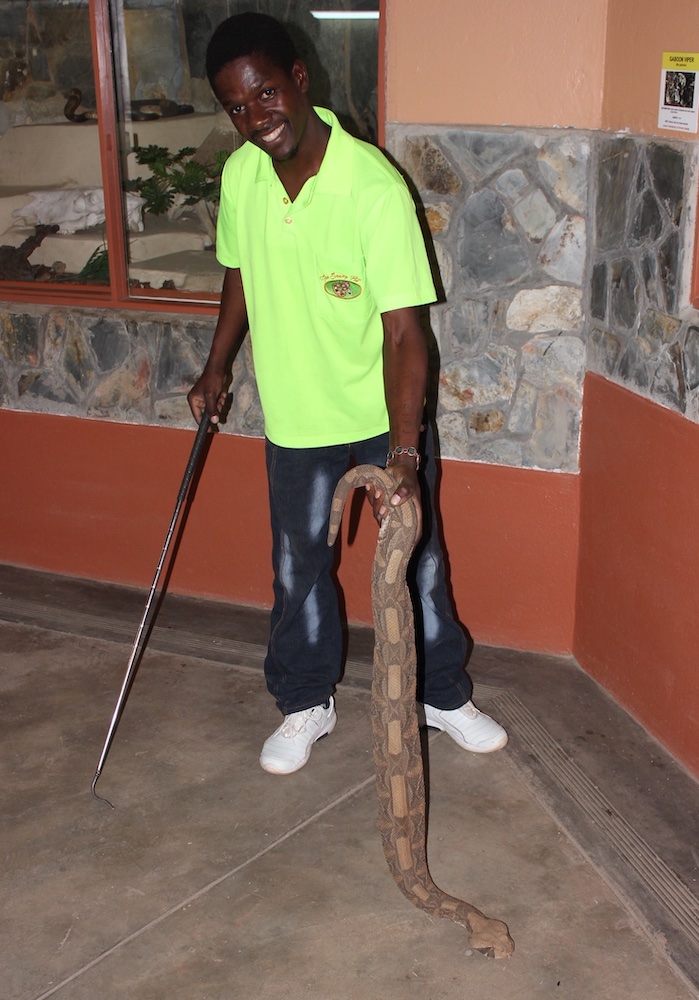
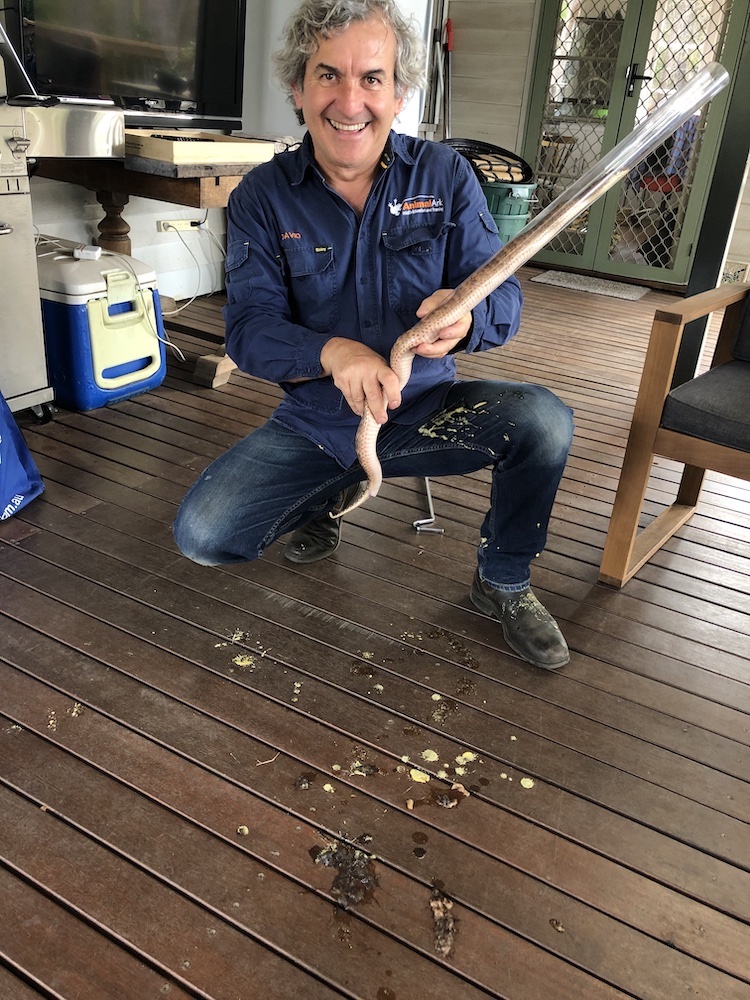
|
|
|
| DOG NOSE WHAT'S AHEAD |
|
Blind dogs are surprisingly good at navigating spaces, even new places otherwise unfamiliar to them. Vets, behaviourists and dog owners have often wondered 'how' they manage so well with such an impairment. A recent study gives us more understanding of the phenomena - some of the 'information' a dog gets from smelling is sent to the part of the brain responsible for sight.
"We've never seen this connection between the nose and the occipital lobe, functionally the visual cortex in dogs, in any species" said study author Pip Johnson, Assistant Professor of Clinical Science at Cornell University in Ithaca, New York.
"When we walk into a room, we primarily use our vision to work out where the door is, who's in the room, where the table is."
"Whereas in dogs, this study shows that olfaction is really integrated with vision in terms of how they learn about their environment and orient themselves in it."
I am always surprised about just how much we still have to learn about the behaviour and abilities of our most popular companion animal.
|

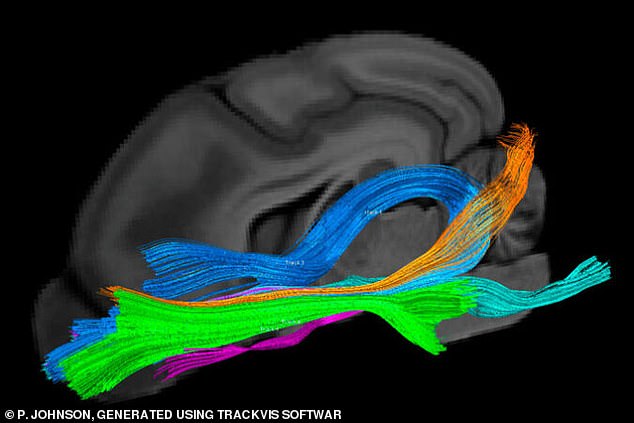
|
|
|
| Animal in Focus: Milk Snakes Lampropeltis triangulum
| |
Milk Snakes, a type of Kingsnake, are brightly coloured nonvenomous snakes from the Americas. Their natural range extends from southern Canada through most of north, central and south America as far down as northern Argentina. Some 24 kinds (sub species) are known and they inhabit a huge range of environments, from some of the harshest deserts to forests, open grasslands and rocky scrubland, beaches and even sand dunes.
They are a very popular pet species in Europe and the Americas, being easy to keep and breed. I have kept many species of Milk Snakes when I lived in London - they tend to be passive, attractive and easy to care for. Their conservation status in the wild is good, the International Union for Conservation of Nature IUCN considers them LC (of least concern) as most populations seem to be doing well, in contrast to many other increasingly threatened reptile species.
Milk Snakes are mostly known for their mimicry, having evolved very similar vibrant banding patterns to the dangerously venomous Coral Snakes, which occur alongside them and are 'aposematic' (use warning coloration to advertise their real danger to would be predators).
The Milk Snakes pretensive colouring no doubt deters many would be predators from trying their luck with them – even though they possess no venom at all and are virtually defenceless.
|
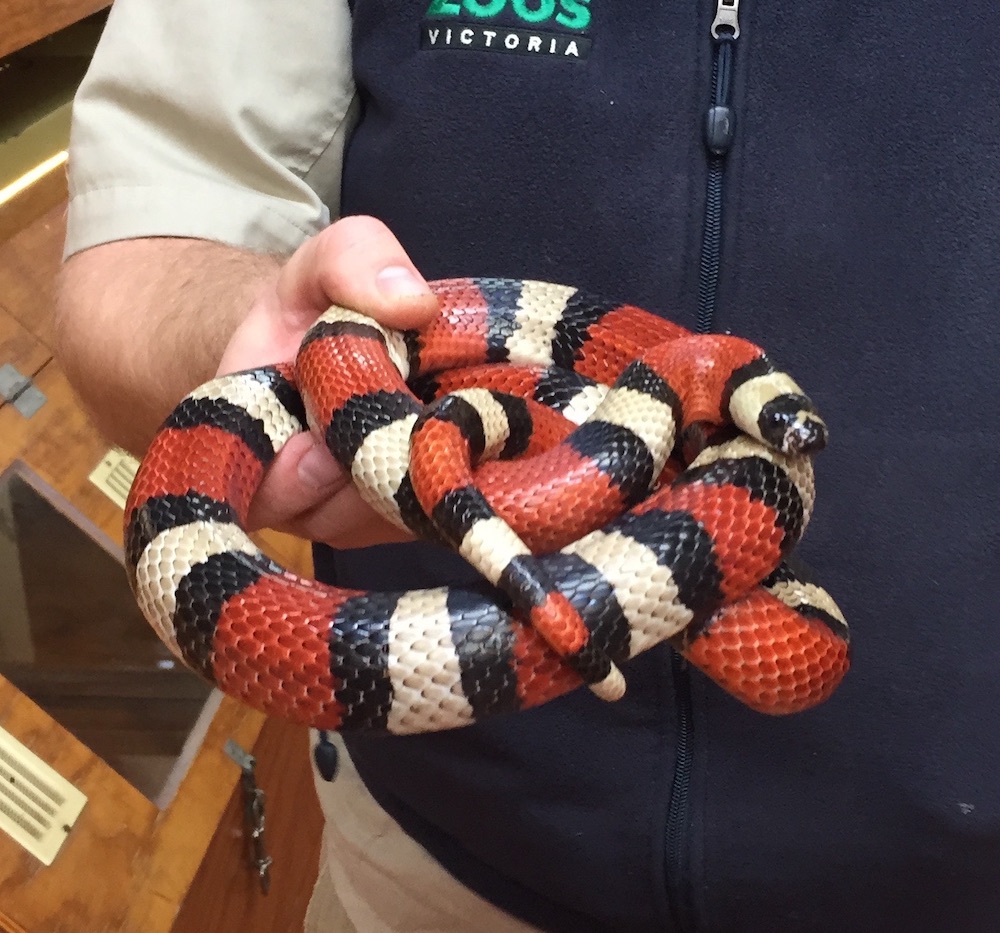
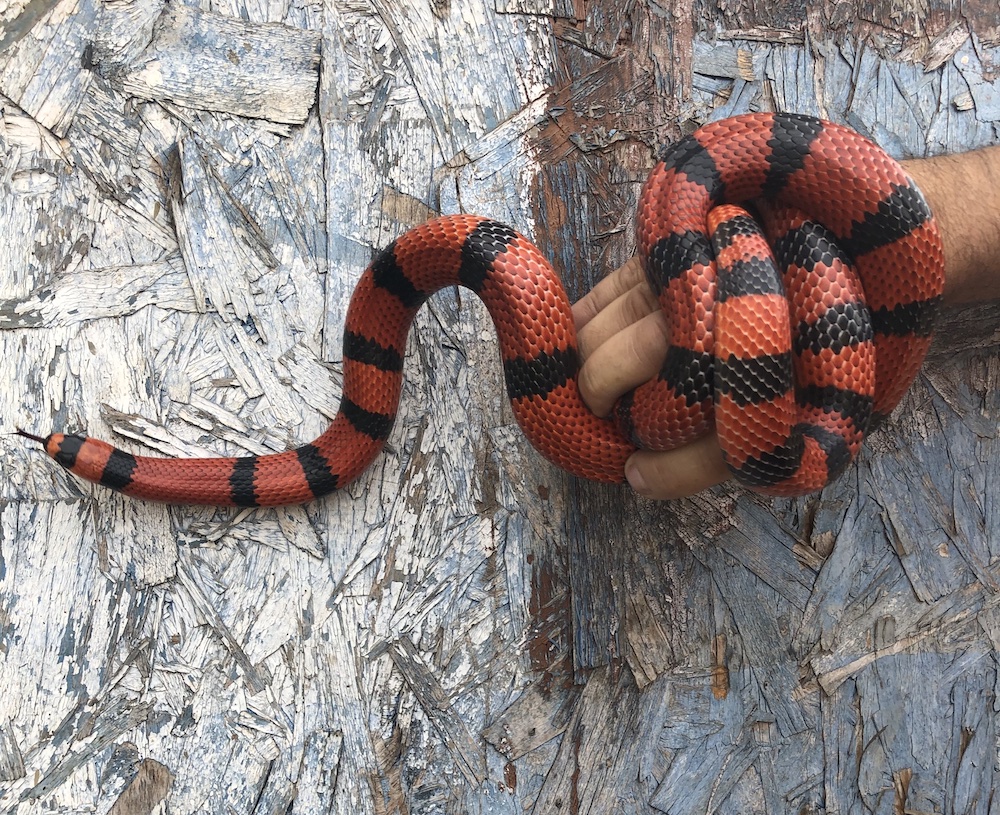
|
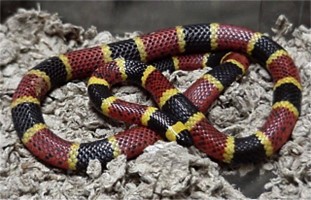
A model (to be mimicked), the venomous and genuinely aposematic Coral Snake
|
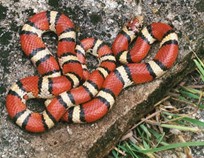
The harmless Red Milk Snake, a Batesian mimic of the Coral Snake
|
"Red touches yellow - kill a fellow
Red and black – venom lack"
The above rhyme is generally a very good guide to what is harmless or not in America. However, use caution - in some parts of their range and in Asia, forget it, using the rhyme could get you into serious trouble as not all snakes comply.
|
|
Milk snakes are mostly nocturnal. As predators they feed on a range of creatures, especially small mammals, birds and their eggs, and other reptiles like lizards. As they will consume other snakes including venomous ones they are ‘once positively identified’ often left in peace.
The name Milk Snake is associated with the old folklore myth of them drinking milk from cows’ udders. The reality probably is that barns containing livestock and stored hay and feeds, also harbour rodents and provide food and safe refuges for this harmless species.
Reproduction is from eggs and the female will lay and leave an egg clutch containing between 3 and 24 eggs. These hatch around 2 months later. As with most snake species they are entirely independent from hatching and receive no parental care.
Length 60-130cm
Lifespan 12 – 20 years
|
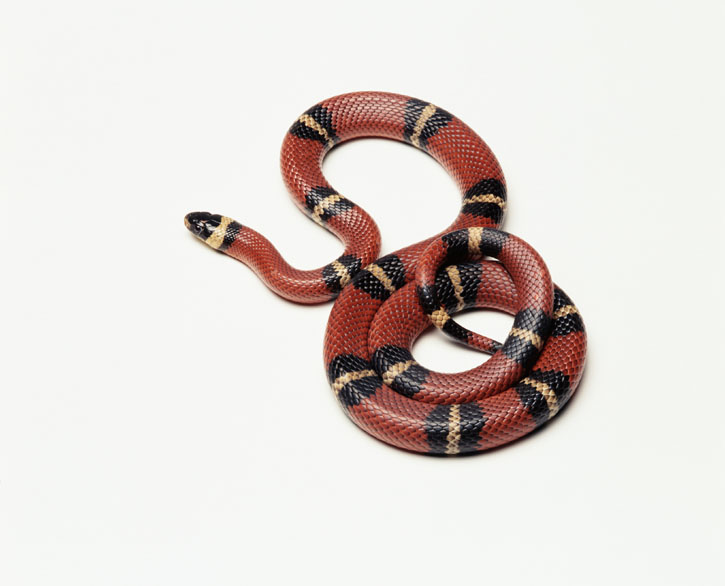
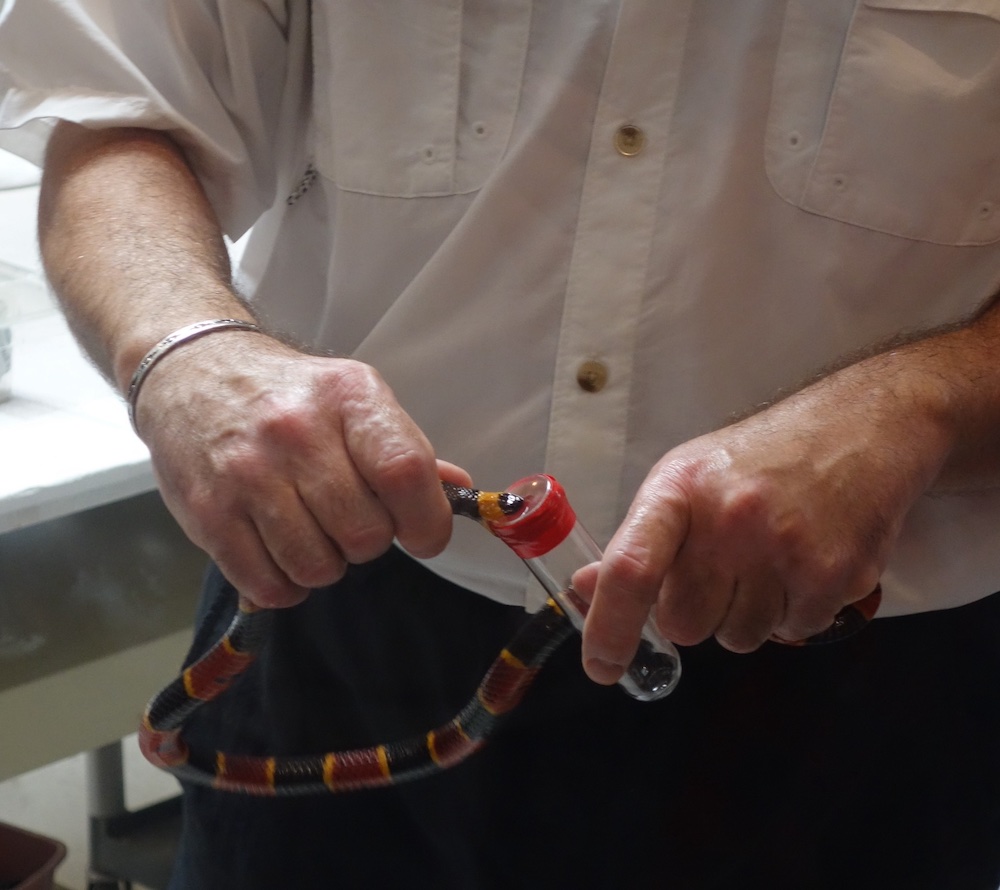
|
|
|
| NEW GAITERS IN STOCK |
|
Our new stock of gaiters has arrived with both tan or camouflage colours.
Offering great snake protection, good for hikers, gardeners and anyone wanting to avoid prickly plants and biting snakes.
Special price of $110 incl GST (RRP $132) to our subscribers through to 31 August 2022 .
Order online at shop.animalark.com.au with code GAITERS for discount to be applied or call the office with credit card on 08 9243 3044
|
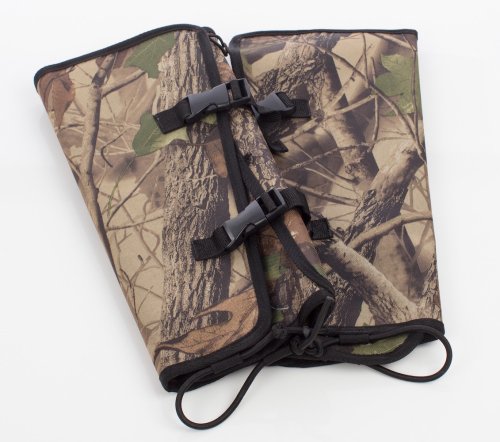
|
|
|
|
|

















